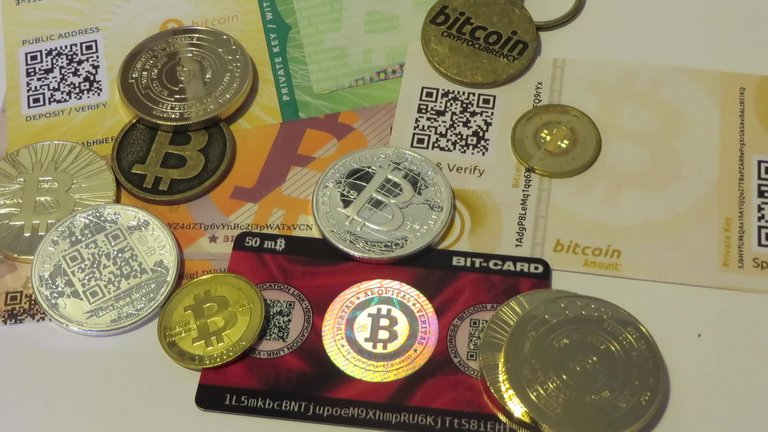First published on Channels.
All photos labelled for reuse.

There are many criticisms of cryptocurrencies coming from all sides; bankers, politicians, and so-called experts. Many of these criticisms are misguided or attempts to undermine enthusiasm of a technology and product that may threaten their power and grip on people and markets. At the same time, there are legitimate criticisms of cryptocurrencies, such as with volatility, rampant launches of ICOs, fears of hacks from insecure exchanges and wallets and more.
One other legitimate criticism is that cryptocurrencies have complicated liquidity processes and lack transactional value. Basically, cryptocurrencies are hard to exchange for fiat currency and few places accept cryptocurrencies in exchange for products and services. These issues are amplified for smaller coins, also known as altcoins.
Luckily, there is data that suggests the issue with liquidity may be a thing of the past.

In Japan and South Korea, Bitcoin ATMs have sprouted up in cities like Tokyo, Osaka and Seoul, which provide crypto holders liquidity of their funds in a similar way that debit cards and traditional ATMS work. Unlike traditional ATMS, which typically only distribute the local currency, Bitcoin ATMs can exchange fiat for crypto and vice versa. It can also exchange a variety of cryptocurrencies including Bitcoin Cash, Ethereum, Dash, Litecoin, Dogecoin and more.
While images of Asia are often conjured when talking about the latest technology trends, the United States actually dominates the Bitcoin ATM, or BTMs, market. Coinatmradar, a website mapping and tracking trends for BTMS around the world, found that the United States has a 73% market share.
Overall, Coinatmradar calculates that there are 951 BTMs across 55 countries. These BTMs are owned by 192 different operators. 555 BTMS, or 55%, are located in the United States.
Following the United States are Canada with 136 BTMS and the United Kingdom with 47 BTMs. An important caveat to the study is that “BTM numbers do not include kiosks, retail outlets, and other machines worldwide that sell bitcoin as one of their many functions.” There are over 36,000 non-BTM locations around the world! Examples include the Swiss railway machines and Canada’s Flexepin system. Coinmap lists a total number of 8,497 merchants worldwide including ATMs listed.
Based on Coinmap’s data the demand is clearly there.
Despite the thousands of BTMs popping up around the world, relatively few exist when compared to traditional ATMs. According to the ATM Industry Association, there are nearly half a million traditional ATMs in the United States.
But, why should a convenience store or pizza place consider adding a BTM to their store?
Simple. An increase monetization of otherwise unused space, while producing passive income.
Retailers are constantly looking for ways to monetize wasted space and time. Some have added Amazon Lockers to otherwise unused areas. Pharmacies like Walgreens and CVS host video rental boxes like Redbox. Strip malls, shopping malls and open air malls install electric car charging stations.
It’s all about squeezing more juice from the lemon.
BTMs have the potential of producing a lot of juice.

In conclusion, the demand for Bitcoin and other cryptocurrencies appears to remain strong in 2018 and the near future. During this time period, it is important for services be rendered to increase the appreciation of such coins, but also bring others in to benefit themselves. In the case of retailers, this can very well come in the form of BTMs. In closing, consider the potential market for the US knowing that by 2015 there were over 150,000 convenience stores and in 2017 over one million restaurants.